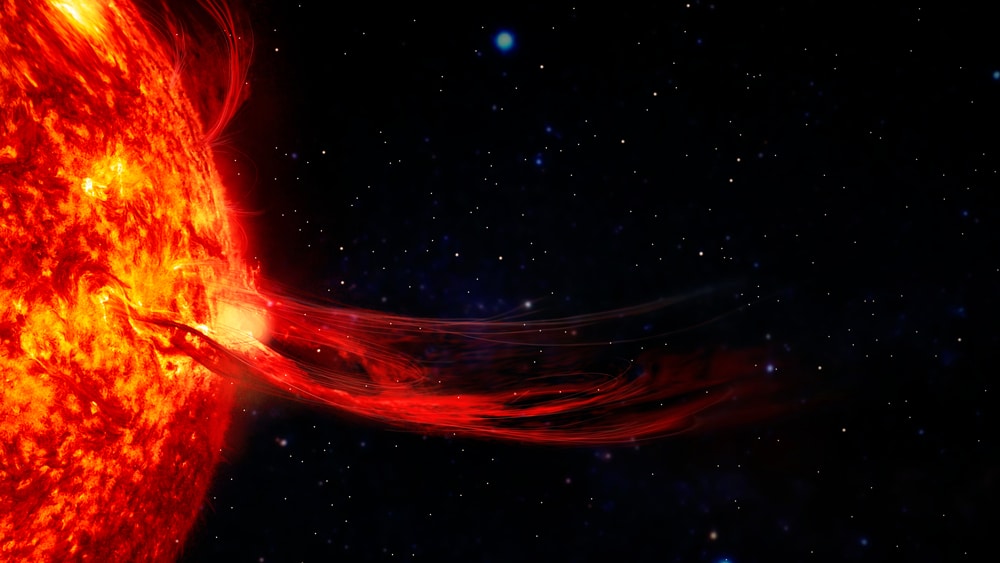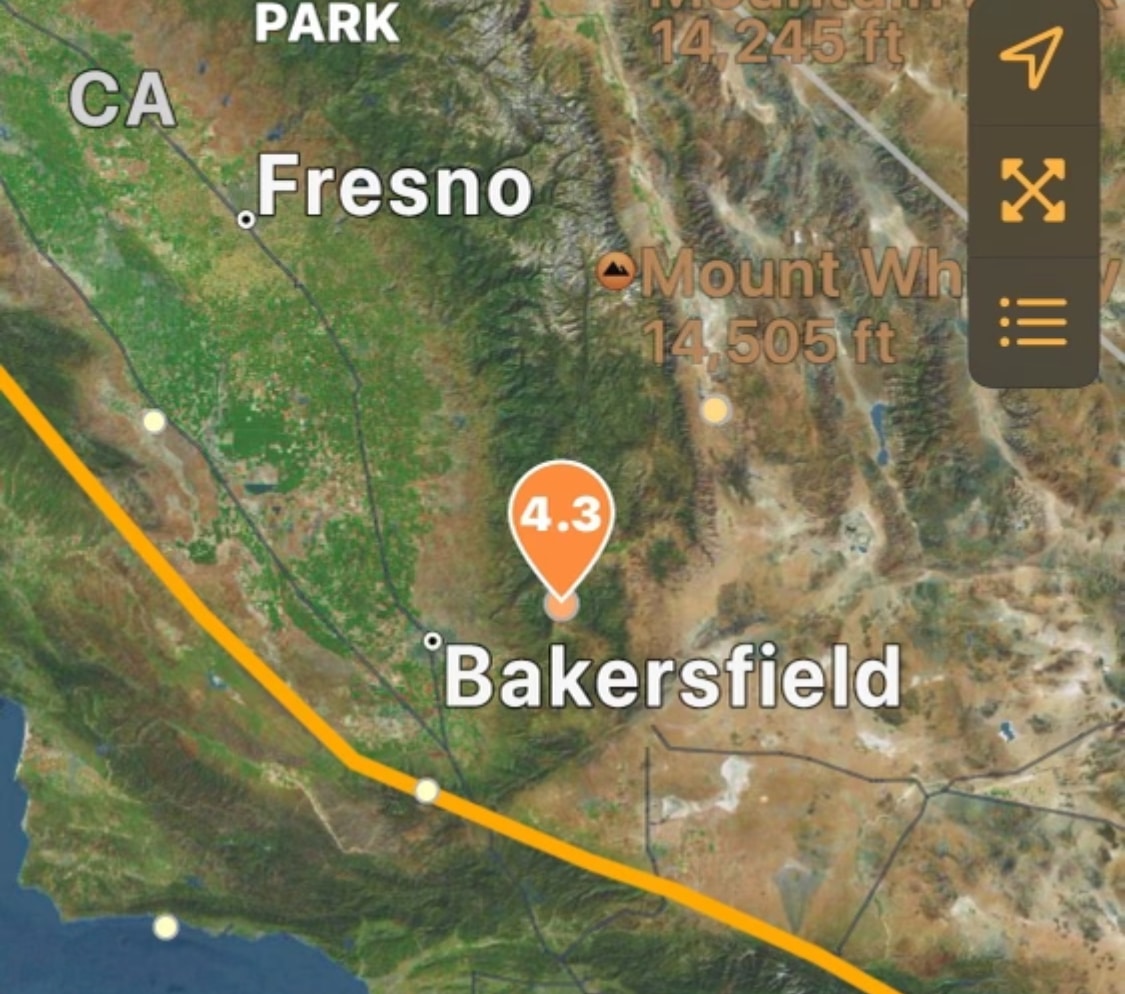(ETH) – A strong M1-class solar flare reportedly erupted during the late hours of April 19th and was captured by NASA’s Solar Dynamics Observatory who captured the event.
According to the report, This solar flare was one of the strongest flares of young Solar Cycle 25 and ionized the top of Earth’s atmosphere, producing a shortwave radio blackout over the Pacific Ocean leaving Mariners and ham radio operators in the area likely noticing unusual propagation conditions at frequencies below 10 MHz. Experts warn that there is a small chance that the explosion may have produced a coronal mass ejection (CME) toward Earth and would likely arrive on April 22-23rd if it did occur.
“The sun is performing as we expected–maybe even a little better,” says Lisa Upton of Space Systems Research Corporation. She’s a co-chair of the NOAA/NASA Solar Cycle 25 Prediction Panel. “In 2019, the panel predicted that Solar Cycle 25 would peak in July 2025 (± 8 months) with a maximum sunspot count of 115 ± 10. The current behavior of the sun is consistent with an early onset near the beginning of our predicted range.”
If current trends hold, Solar Cycle 25 could peak as early as 2024, similar in strength to the relatively weak cycle (SC24) that preceded it. Don’t be fooled by the adjective, however. It’s like hurricane season. Even a “weak” season produces hurricanes–and all it takes is one good storm to do a lot of damage.
“I’m not surprised that people are grumbling about SC25 being a dud,” says Upton. “Weak cycles are typically preceded by long stretches of spotless days, and they are slow to ramp up. All of this is consistent with our prediction.” The report indicated that as sunspot counts increase over the next year, forecasters will know if Solar Cycle 25 is *really* following the official prediction or doing something completely different.

















